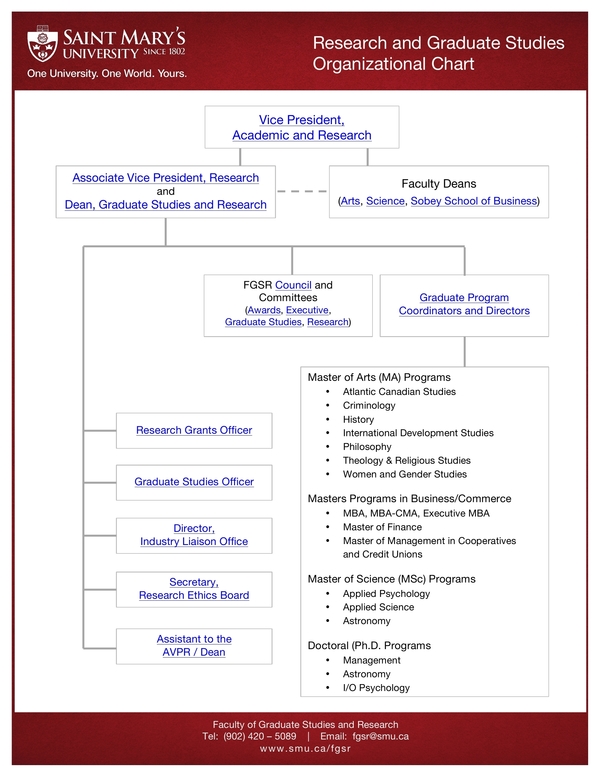10+ Descriptive Research and Examples to Download
Do you ever just look at your surroundings and notice all its little details. The way sunlight reflects on a car windshield or how kids would behave when their parents buy them ice cream. Many fascinating things are happening in the world, and sometimes the only thing we can do is observe and describe what’s happening. The very act of describing something can mean a great deal to many people. Imagine telling a blind person what the outside world looks like. That’s how important your descriptions and observations can be. Every movement, every color, every reaction, all of that is essential.
The basic act of describing something is considered a data-gathering method. To be more accurate, this is called descriptive research. This research is a method of identifying the characteristics of a variable. This study points out what makes the object or phenomenon. It generally just collects data without involving other stimuli. It is used to guide researchers in categorizing their subjects to their respective classification. If your research is done as a team, you need to figure out who your fellow researchers are and how they aid your study. What you need is a descriptive research organizational chart.
Methods
The process of pointing out and recording features, behaviors, and other various characteristics of a variable or demographic is called descriptive research. It is basically like how it sounds; it describes the respondents of the study. There are three main methods for descriptive analysis.
- Observation – this method gathers data by observing the variables in their natural environment. This method is considered the most effective since it doesn’t rely on the honesty and accuracy of the respondent.
- Case-Study – for in-depth research, this method is the most reliable. This method studies the unusual behaviors of a variable and often lead to new hypotheses and further analysis.
- Survey – to figure out the patterns, frequencies, averages, this research methodology is used. This requires respondents to answer questionnaires truthfully and open-mindedly.
10+ Descriptive Research Examples and Templates
An organizational chart is a structure that organizes the hierarchy of a party. Just like in a descriptive research design, this determines and categorizes the chain of command in making decisions for the study and the group. If your project plan involves making one for your research team, here are 10+ descriptive research examples and templates you can use.
1. Project Organizational Chart Template
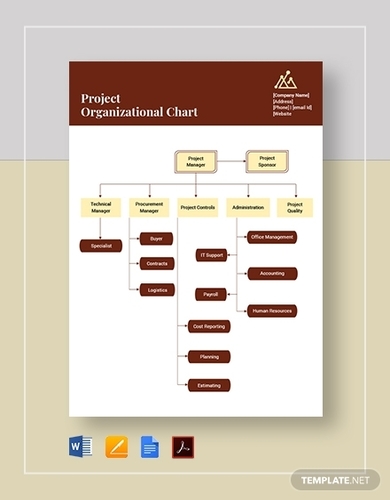
2. School Organizational Chart Template
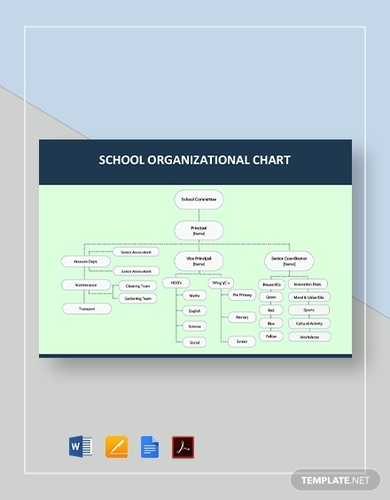
3. Educational Organizational Chart Template
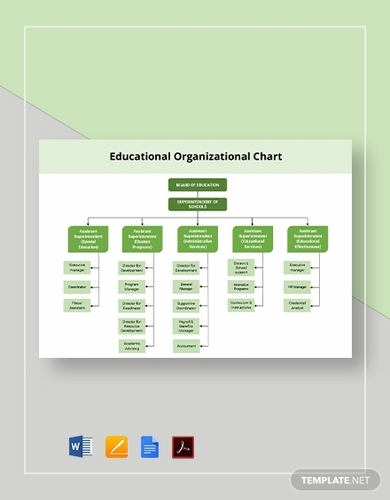
4. Company Organizational Chart Template
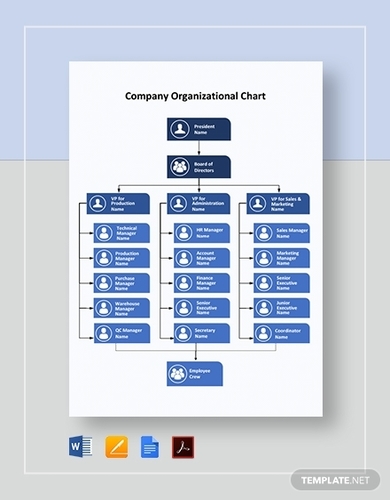
5. Department Organizational Chart Template
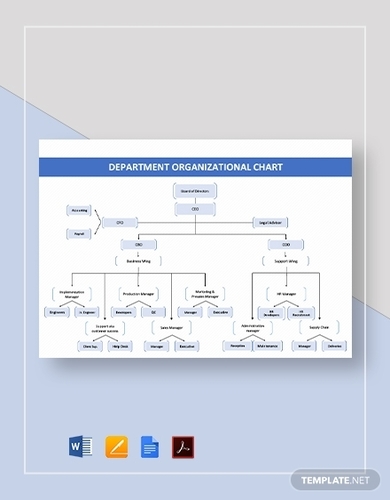
6. Free Clinical Research Organizational Chart Template
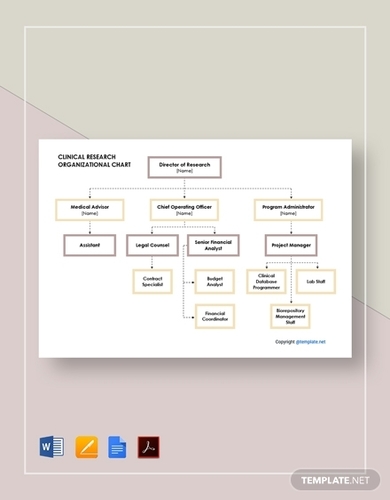
7. Free Research Team Organizational Chart Template
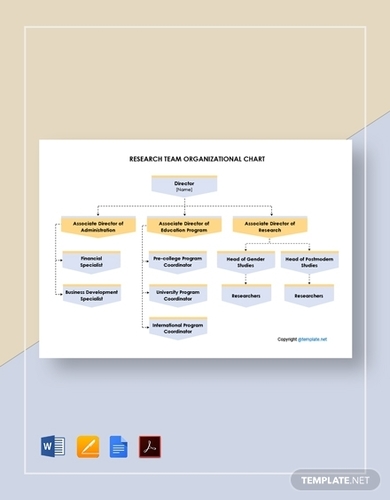
8. Free Research Division Organizational Chart Template

9. Free Research Center Organizational Chart Template
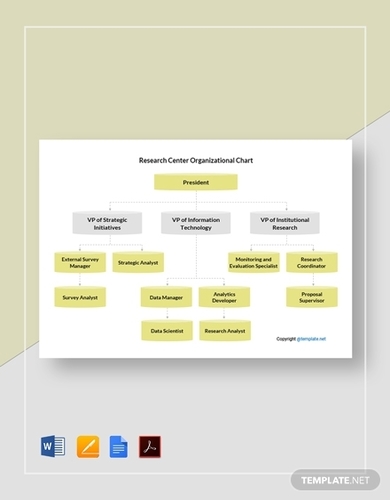
10. Free Sample University Organizational Chart Template

11. Research and Graduate Studies Organizational Chart
Make It Applicable
As part of our everyday lives, whether it’s for work or school, we are tasked to conduct research. Descriptive research is part of these. It details the features and attributes of the subject of the study. This research gathers quantitative and qualitative information using an observational approach. This helps researchers collect and select their needed information. Research is done with focus and accuracy to get desirable results. But have you ever wondered how descriptive study helps? Many reasons make descriptive research the go-to method for gathering data.
Define the Definite
Research teams have a lot of tasks in hand. Whether it’s surveys, questionnaires or analysis, they work to answer the questions we can’t figure out. And when they are conducting a descriptive study, it’s no wonder that they try to describe their respondent’s behaviors and responses to a tee. The information they collect are used to make further analysis. Defining something might not seem like a hard task, but any misinterpretation of the response can mess up the entirety of the research. The primary function of a descriptive study is to understand and analyze the characteristics of a given variable.
Trends of Today
There are various reasons for data collection, like exploratory research that aims to formulate ideas for a more intense examination of descriptive analysis that studies the characteristics of a subject as it is. Descriptive analysis also measures the trends and patterns in the given information. In market research, this is used to see if your target market is still desirable over time. You will need a descriptive analysis to see if your product can keep up with the ever-changing trends and patterns of market preference. This also means you can study the trends and diagrams to make business forecasting for your company.
Comparing Apples and Oranges
In the corporate world, you need to distinguish who your clients are and what kind of product or service you can offer them. What your company needs to do is descriptive research. Descriptive research can lead to creating efficient marketing strategies for your company. This method helps in conducting comparisons on which target market is more suitable for your products. This kind of analysis observes phenomenons, and the data gathered can then be used to see which variables fit what you are actually looking for.
Keep It Legit
Clinical research can refer to psychological or any related medical research. Clinical research often uses descriptive analysis as a method of classifying diseases, medicines, and more. The descriptive study doesn’t involve any forced elements making for authentic and reliable results. This research validates the conditions that are already noted. This research is relatively easy to conduct, so redoing it doesn’t take much effort. By utilizing the same situations, variables, and environments, you can present the same results to prove its validity. So in medicine, this helps researchers find causes and cures for similar diseases.
Time and Time Again
Sometimes for research project management, an investigation has to be done twice. Whether it’s to see if the results were valid, if changes occur after a certain period, or if other similar variables produce close results. A primary research approach is a descriptive study. This type of study focuses on the features of a subject without adding external factors. Saying this, repetition of the research wouldn’t be a problem since all it takes is observing. Descriptive research strategies are so uncomplicated; this research method can be done for your thesis to complete your investigation.
The way we see things is the first step to understanding what it is. The way birds fly or the sound crickets make, they all guide us in knowing the deeper meaning of its existence. Sometimes you just have to look hard and listen carefully. But don’t get too confident; there’s always more than meets the eye.



